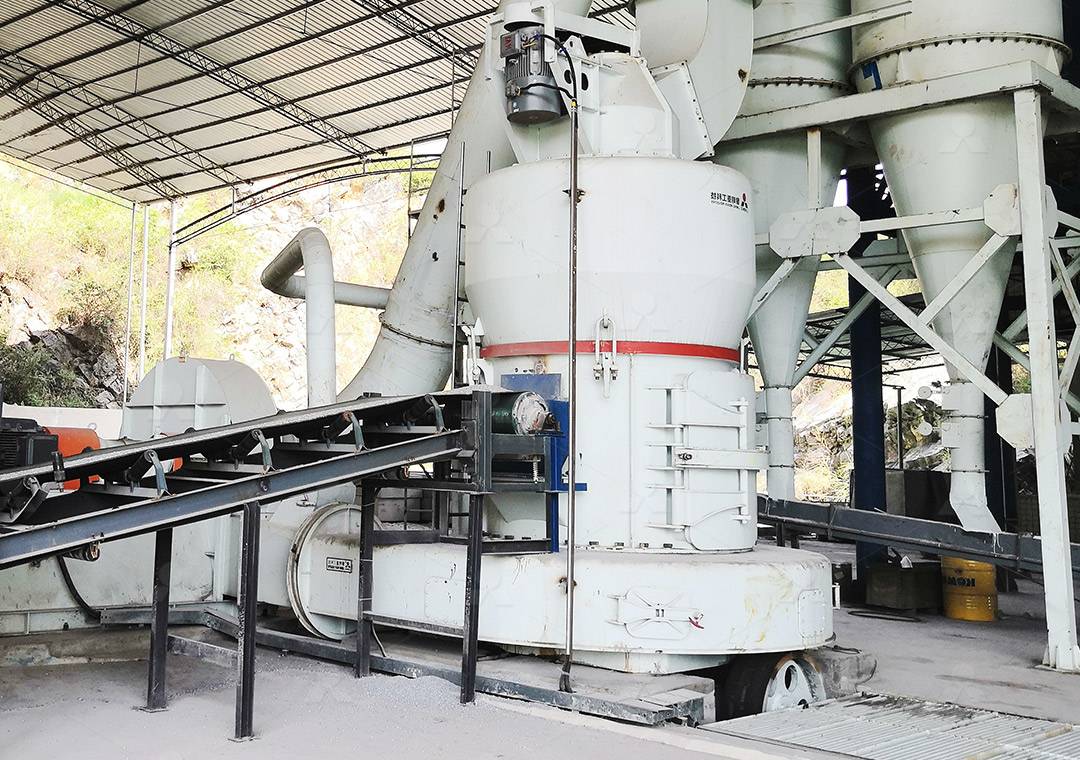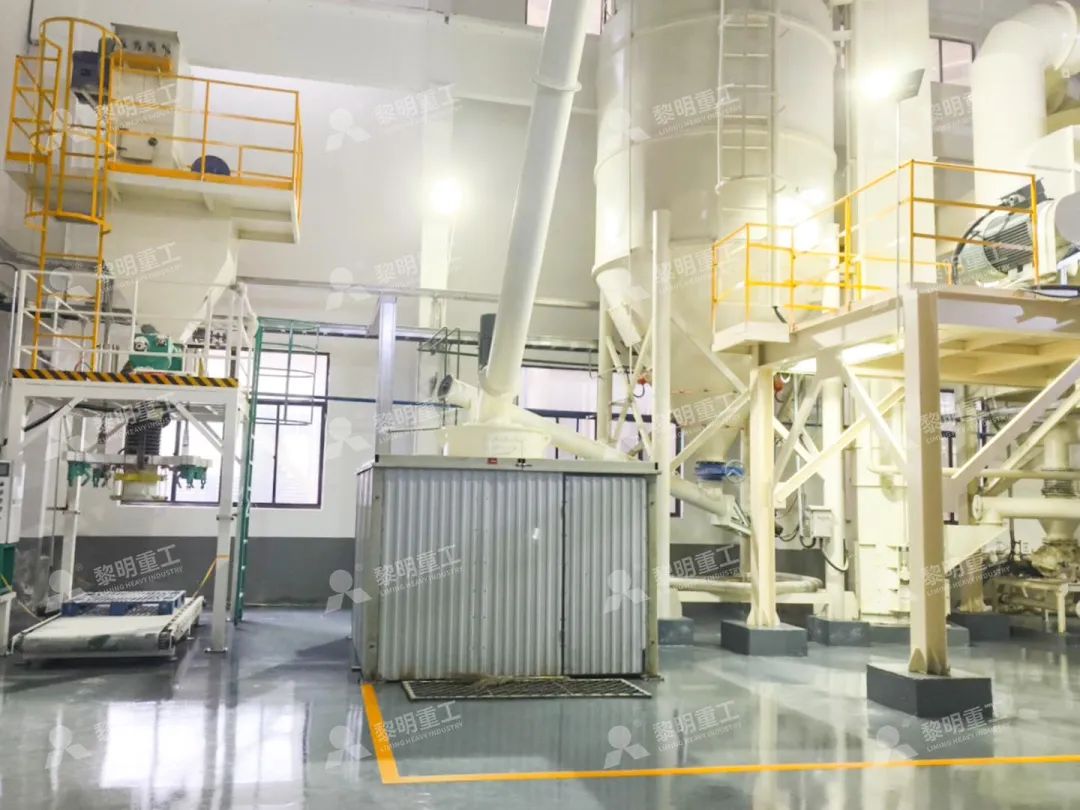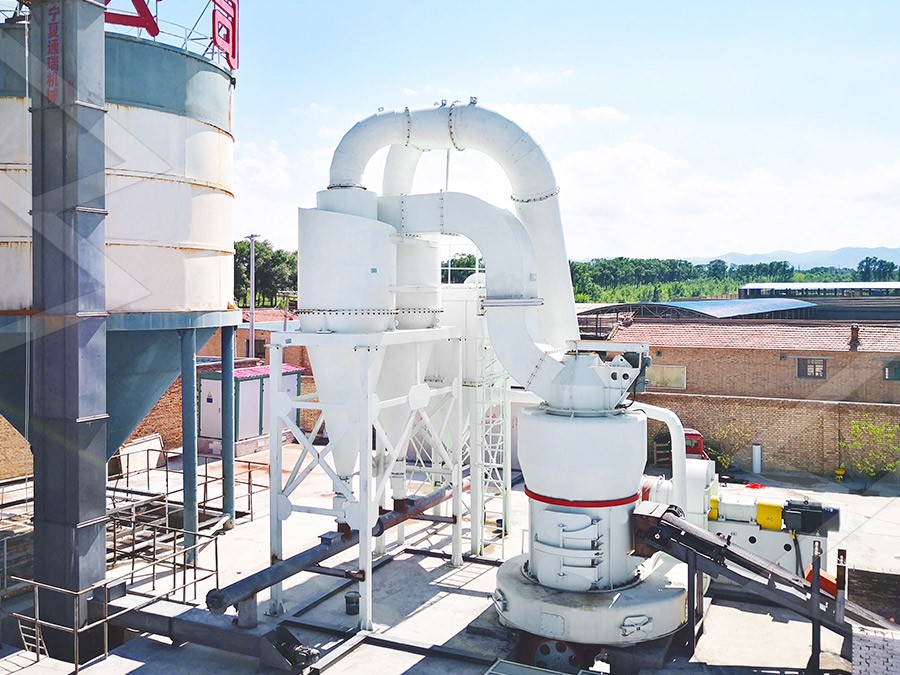Dry Grinding Equipment for Fluorite Ore Processing
Optimizing Fluorite Processing Through Advanced Dry Grinding Technology
Fluorite ore processing presents unique challenges that demand specialized grinding solutions. As a critical industrial mineral used in metallurgy, ceramics, and chemical production, fluorite requires precise particle size control and consistent quality output. Traditional wet grinding methods, while effective, often introduce moisture-related complications and higher operational costs. This has driven the industry toward sophisticated dry grinding technologies that deliver superior performance while maintaining environmental compliance.

The fundamental advantage of dry grinding for fluorite lies in its ability to produce precisely controlled particle distributions without the need for subsequent drying processes. This not only reduces energy consumption but also eliminates potential contamination from water sources. Modern dry grinding systems have evolved to address the specific characteristics of fluorite ore, including its moderate hardness (4 on Mohs scale) and tendency toward specific cleavage patterns that affect grinding efficiency.
Technical Considerations for Fluorite Grinding
Successful fluorite processing requires careful attention to several technical parameters. The abrasive nature of fluorite demands wear-resistant grinding components, while the need for precise particle size distribution necessitates advanced classification systems. Additionally, the tendency of fine fluorite particles to agglomerate requires specialized handling in dry systems.
Among the most critical considerations is the balance between grinding efficiency and product quality. Over-grinding can produce excessive fines that reduce market value, while under-grinding fails to liberate the valuable mineral components. This delicate balance is where advanced grinding equipment demonstrates its value, offering precise control over the entire comminution process.
Recommended Solution: MW Ultrafine Grinding Mill
For operations requiring ultra-fine fluorite powders, the MW Ultrafine Grinding Mill represents an optimal solution. Engineered specifically for demanding applications where particle size control is paramount, this system handles input sizes up to 20 mm with capacities ranging from 0.5 to 25 tph. The mill’s German-designed cage-type powder selector enables precise fineness adjustment between 325-2500 meshes, with screening rates achieving d97≤5μm in a single pass.

What sets the MW mill apart for fluorite processing is its innovative design that eliminates rolling bearings and screws within the grinding chamber. This eliminates common failure points and ensures continuous operation—a critical advantage when processing abrasive materials like fluorite. The external lubrication system allows for maintenance without shutdown, supporting 24-hour production schedules that maximize operational efficiency.
The environmental performance of the MW Ultrafine Grinding Mill aligns perfectly with modern mining standards. Its integrated pulse dust collector and muffler system effectively contain particulate matter and reduce noise emissions, addressing two common concerns in mineral processing facilities. The system’s energy efficiency—consuming only 30% of the energy required by jet grinding mills—provides significant operational cost savings while maintaining production rates 40% higher than comparable technologies.
Alternative Solution: LUM Ultrafine Vertical Grinding Mill
For operations with space constraints or those processing smaller feed sizes, the LUM Ultrafine Vertical Grinding Mill offers compelling advantages. With an input size capacity of 0-10 mm and throughput of 5-18 tph, this compact system integrates grinding, classification, and transportation in a single footprint. Its unique roller shell and lining plate design generates stable material layers that promote efficient single-pass grinding, enhancing both product whiteness and cleanliness—critical quality parameters for commercial fluorite products.
The LUM mill’s double position-limiting technology provides exceptional operational stability, preventing destructive impacts during unexpected vibration events. This protection extends equipment lifespan and reduces maintenance requirements, particularly valuable in remote mining operations where downtime carries significant costs.
Operational Benefits in Fluorite Applications
Both recommended grinding systems deliver measurable benefits specific to fluorite processing. The absence of water eliminates drying costs and potential product contamination, while the closed-system designs prevent material loss and environmental emissions. The digital control systems enable precise adjustment of grinding parameters to accommodate variations in ore characteristics, ensuring consistent product quality despite natural mineral variations.

Maintenance considerations further reinforce the value proposition. The reversible structure of the LUM mill and external accessibility of the MW mill’s lubrication system simplify routine maintenance and component replacement. Combined with comprehensive spare parts support, these design features translate to higher equipment availability and lower total cost of ownership.
Frequently Asked Questions
What particle size range can be achieved with dry grinding for fluorite?
Modern dry grinding systems like the MW Ultrafine Grinding Mill can produce fluorite powders ranging from 325 to 2500 meshes, with the capability to achieve d97≤5μm in a single processing stage.
How does dry grinding compare to wet grinding for fluorite in terms of operating costs?
Dry grinding typically reduces operating costs by 30-50% compared to wet grinding systems, primarily through eliminated drying requirements, reduced water consumption, and lower energy consumption per ton processed.
What measures are taken to control dust in dry fluorite grinding operations?
Advanced systems incorporate efficient pulse dust collectors that operate under negative pressure, completely containing particulate matter. Combined with proper system sealing, these measures ensure emissions remain well below regulatory thresholds.
How does equipment wear compare when processing abrasive materials like fluorite?
Specialized grinding mills utilize wear-resistant alloys in critical components, with service lives 1.7-2.5 times longer than conventional materials. The absence of direct metal-to-metal contact in certain designs further reduces wear rates.
Can these grinding systems accommodate variations in feed material characteristics?
Yes, digital control systems allow operators to adjust grinding pressure, rotational speed, and classifier settings to maintain optimal performance despite natural variations in ore hardness, moisture content, and feed size distribution.
